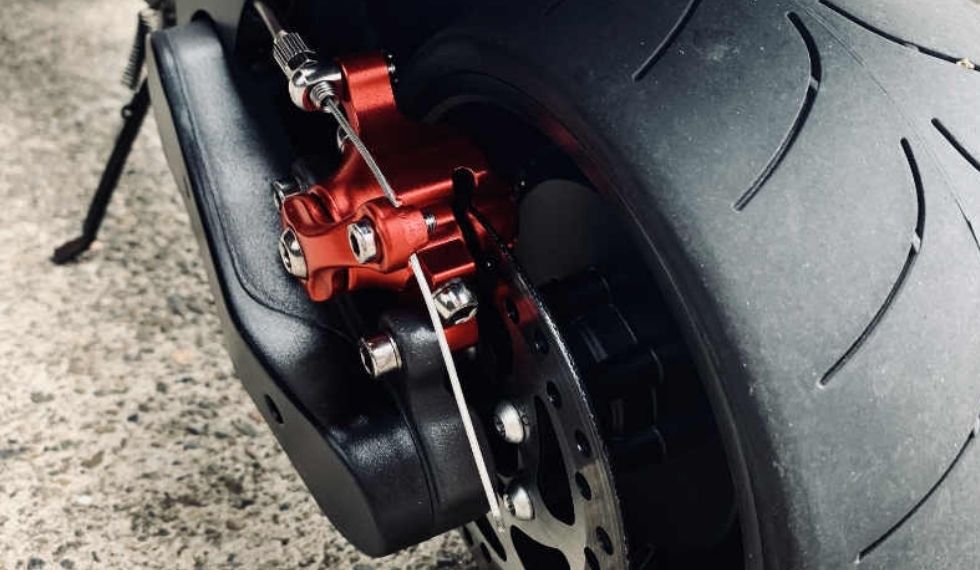Eligible orders $129+
T&Cs apply

Cleaning your i-Scoot e-scooter.
You’ve been using your shiny new electric scooter and want to keep it that way. You might be keeping it inside when at home or in the office. But you’re afraid of getting the scooter wet, and with good reason, for electric scooters are sensitive to excess moisture.
Generally, getting caught in a bit of rain or riding through a puddle isn’t going to be too much of a problem. How wet your electric scooter can get is dependent on the scooters specifications; the higher end units being the most protected from moisture. Each scooter model has an IP rating that will define the level of water it will tolerate, and we’ll get to that later.
Regular maintenance is essential, and cleaning, rather than washing, is an important aspect of ownership. Getting into the habit of cleaning not only keeps your scooter looking great and extends its lifetime, but gives you the opportunity to keep an eye on all of your scooters parts, ultimately enabling a greater overall understanding of it.
By following these simple steps and techniques, you can maintain the buildup of dirt and dust so as to minimise the effect on the mechanical parts such as levers, brakes, shock absorbers and bearings, as well as keeping your scooter looking brand new.
We suggest getting your equipment together and seperate from what you’d wash your car with. Grab a spray bottle, toothbrush, long-bristled paint brush and a few microfibre cloths. Fill the spray bottle with warm water and you’re away.
For light cleaning, ‘around town’ use:
For dirtier scooters and heavy use:
As mentioned earlier, each model has an IP rating which is essentially a safety rating and applies to the level of resistance electrical or mechanical parts have to potential invasion from particulates (dirt and dust) and water. We can discuss this with you further, but essentially the ratings for quality electric scooters will vary from:
IP54:
Partial protection against dust and other particulates, such that any ingress will not damage or impede the satisfactory performance of internal components; Protection against splashing water from any direction, tested for a minimum of 10 minutes with an oscillating spray (limited ingress permitted with no harmful effects).
IP67:
Full protection against dust and other particulates, including a vacuum seal, tested against continuous airflow; Protection against full immersion for up to 30 minutes at depths between 15 cm and 1 metre (limited ingress permitted with no harmful effects).
So, if you had a scooter with an IP rating of 54, it’s not recommended to reach for the hose, but for an electric scooter with a rating of 67, you could, in theory get out the gurney.
Whichever rating your scooter has, It’s best to be conservative and follow the above steps as much as possible. Happy Scooting!
{"one"=>"Select 2 or 3 items to compare", "other"=>"{{ count }} of 3 items selected"}
